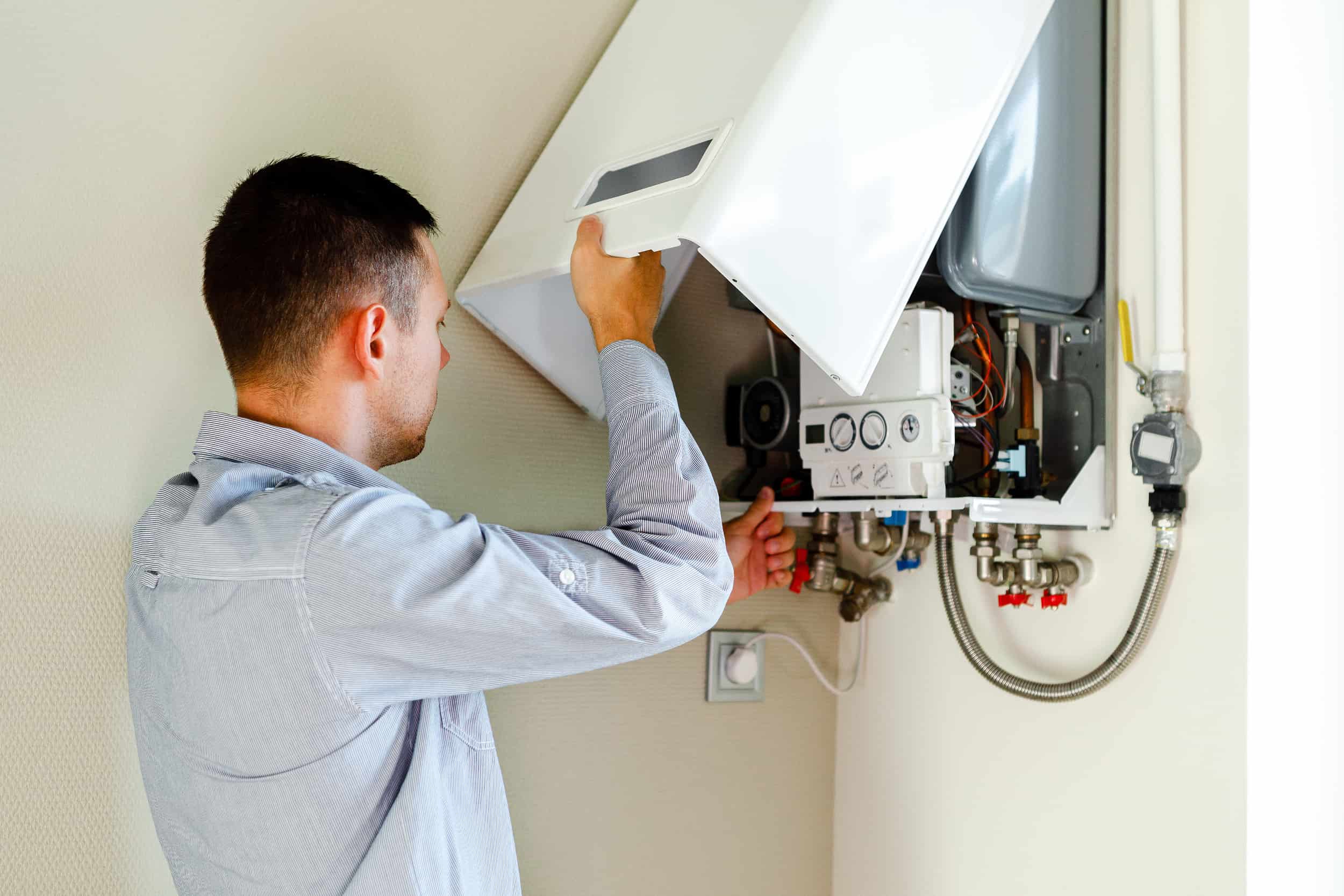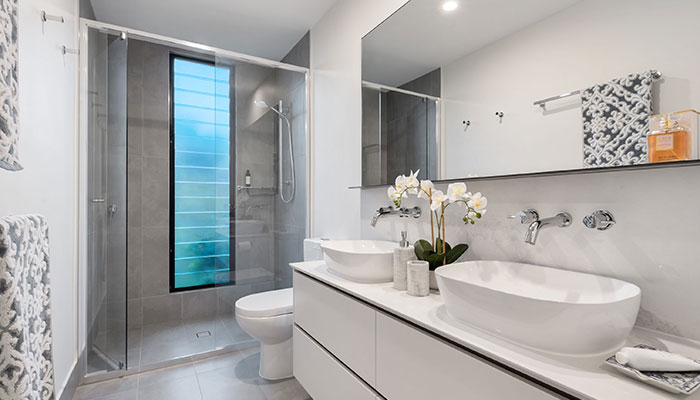Handling Plumbing Issues in Rental Properties: A Guide
Handling Plumbing Issues in Rental Properties: A Guide
Blog Article
Do you find yourself hunting for suggestions concerning 10 Common Rental Property Repairs?

Handling pipes issues in rental residential properties efficiently is vital for keeping occupant contentment and preserving the home's worth. Whether you're a landlord or a residential property manager, knowing just how to attend to these typical issues can conserve you time and money while making sure conformity with legal obligations. Below's a detailed guide on exactly how to take care of plumbing issues in rental buildings.
File Whatever
Maintain thorough documents of all reported plumbing issues and the actions taken to solve them. Documents needs to consist of dates, descriptions of the problem, communication with renters, and invoices from contractors or plumbing professionals. This information can be vital for insurance claims, tax reductions, and lawful defense.
Use Qualified Professionals
Always make use of accredited and insured professionals for substantial plumbing repair work and installments. This makes certain that the job depends on code and can aid avoid liability concerns in case of crashes or more damages. It additionally guarantees occupants that repair services are being managed skillfully.
Establish Clear Communication
Encourage tenants to report any pipes concerns as quickly as they take place. Supply several communication channels such as phone, email, or a renter portal to make it easy for them to reach out. Prompt responses to these reports can avoid minor issues from rising right into significant issues.
Educate Tenants
Enlighten your occupants regarding what constitutes a pipes emergency situation and what does not. Provide standards on how to take care of small issues themselves, such as making use of a bettor to unclog a commode. Likewise, inform them concerning what they ought to avoid taking down drains to stop blockages, such as oil, coffee grounds, and non-biodegradable items.
Normal Maintenance
Apply a regular maintenance schedule for all plumbing systems in your leasing buildings. Routine checks can assist identify and settle problems like leaks, sluggish drains, or rusty pipes before they become serious. Take into consideration employing a specialist plumbing technician to inspect the properties every year or semi-annually.
Quick Response to Emergencies
Have a strategy in place for reacting to pipes emergencies. This must consist of having the get in touch with details of reliable plumbing solutions that offer 24/7 emergency fixings. Quick action is important to decrease damage in circumstances like ruptured pipelines or severe leaks.
Preventive Upgrades
Think about updating older pipes systems and fixtures to a lot more modern-day, efficient designs. This can minimize the regularity and severity of plumbing problems and reduced lasting maintenance costs. It's likewise a marketing factor for potential renters that value upgrades and modern-day attributes.
Occupant Move-Out Inspections
Conduct thorough plumbing checks during move-out evaluations to make sure that any kind of concerns are identified and dealt with before a new renter relocate. This stops disagreements with brand-new lessees over pre-existing conditions and ensures the home remains in leading problem.
Understand Lawful Obligations
Know your legal obligations concerning plumbing and general home maintenance. Many jurisdictions require property owners to ensure their homes are habitable and that all plumbing systems are in good working order. Failing to resolve significant concerns immediately can cause legal actions from renters.
Tenant Repayments
If a pipes problem requires prompt focus and the occupant fixes the problem on their own, have a clear plan in position for repaying costs. Ensure lessees understand they ought to obtain previous authorization for higher-cost repair work unless it's an absolute emergency situation.
Final thought
Dealing with plumbing issues in rental homes requires an aggressive technique and good interaction with occupants. By staying on top of upkeep, responding promptly to emergency situations, and using professional experts, property owners can maintain their residential properties in outstanding problem and maintain excellent connections with tenants.
How to Handle Water Damage in a Rental Property
What is Water Damage?
Water damage is harm or destruction caused by water entering areas where it is not supposed to be. It can be caused by a variety of sources and can manifest in different ways. The most common examples of water damage include:
Leaking roof Plumbing leaks Appliance malfunctions Poor drainage Flooding Sewage backup Condensation Tenant negligence HVAC system issues Frozen pipes Is water damage dangerous?
Water damage itself is not inherently dangerous, but it can lead to various hazards and health risks if not promptly and properly addressed. The severity of these risks depends on the extent of the water damage, the source of the water, and how quickly it is mitigated.
Some potential dangers associated with water damage include structural damage, mold and bacterial growth, electrical hazards, water contamination, and pest infestations. In situations where mold and mildew have gone unaddressed, mold can start to develop within 24-48 hours of water exposure, and this can impose a serious health risk to tenants. In particular, mold spores and damp conditions can lead to respiratory issues and even make existing health problems worse, such as allergies, asthma, or immune disorders.
Water Damage in an Apartment - Who is Responsible?
If the water damage is caused by the tenant’s negligence, the tenant is responsible for the cost of repairs. If the water damage is caused by a defect in the property, the landlord is responsible for the cost of repairs. If the water damage is a result of natural causes, such as excessive rain, then the landlord is responsible, since the water intrusion likely occurred due to a defect in the property. Landlord Responsibility water damage in rental property
Since maintaining habitability is the landlord’s legal responsibility, landlords are responsible for any resulting structural damage caused by water damage. These structural damages may include damage to walls, roofs, ceilings, and flooring. If water damage has affected the rental property’s original structure, the landlord is responsible for repairing or replacing those materials. Therefore, landlords should have property insurance that covers the structural components of their rental property so that they can receive help with the costs of covered events.
Preventative measures can also help landlords avoid massive renovations. Preventative maintenance may include conducting regular inspections to identify and address potential water damage before it becomes a major and urgent problem.
If a landlord fails to meet their responsibilities regarding water damage, it can lead to legal disputes and potential liability. Tenants who believe their landlord is not addressing water damage issues in accordance with California law can seek legal advice or contact local housing authorities for assistance.
https://www.goodlifemgmt.com/blog/water-damage-in-a-rental-property/

Do you like more info about 10 Common Rental Property Repairs? Create a remark further down. We would be glad to know your suggestions about this review. We hope that you visit us again later on. Are you aware of another individual who is fascinated about the topic? Do not hesitate to share it. Kudos for being here. Come back soon.
Report this page